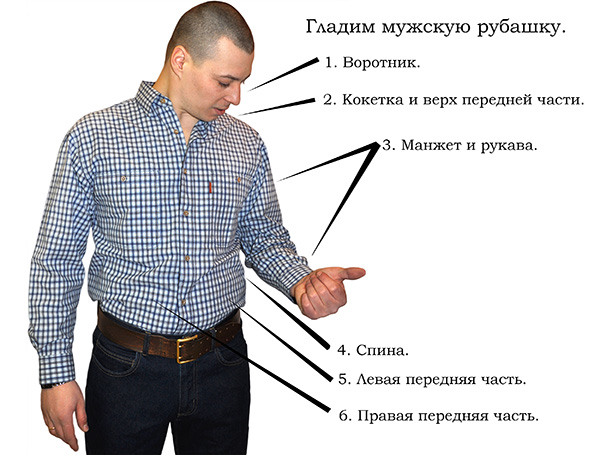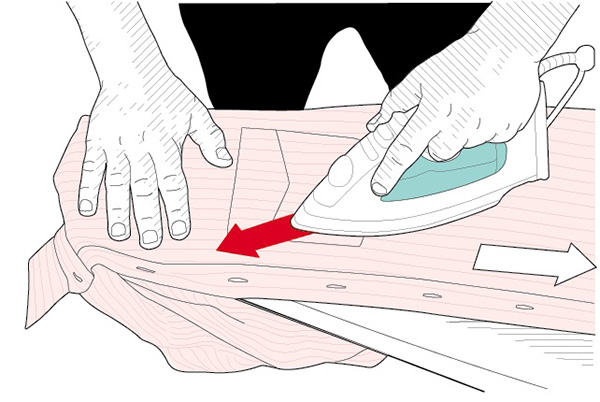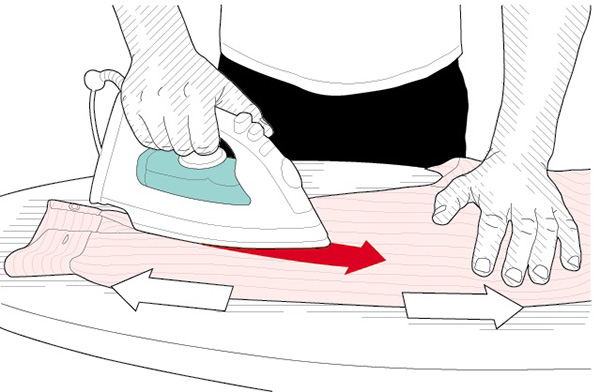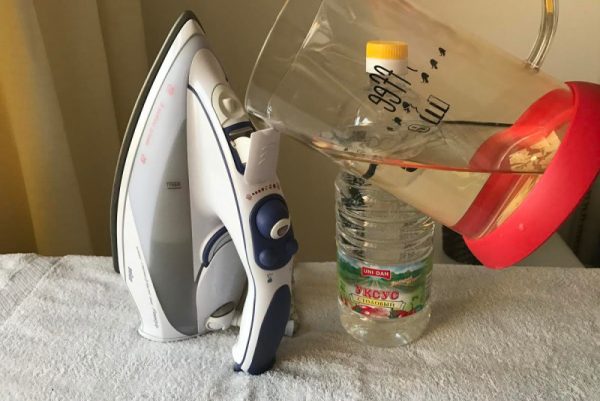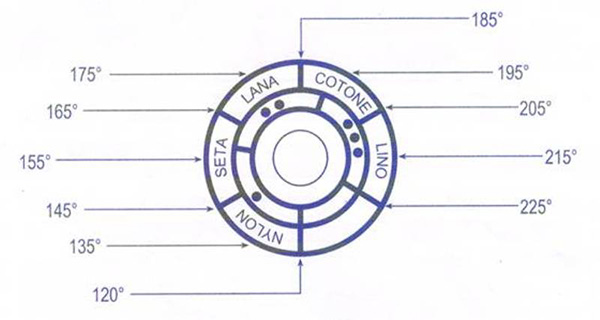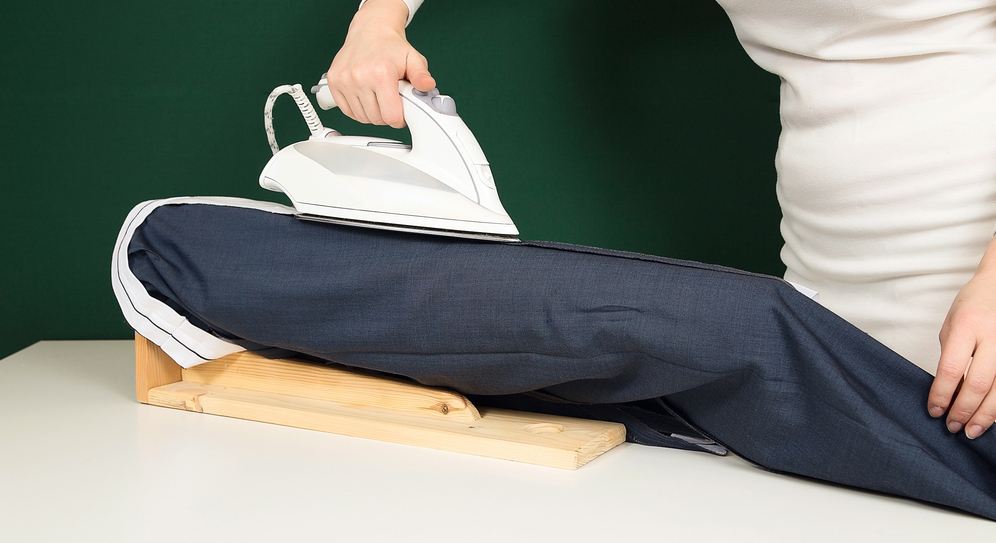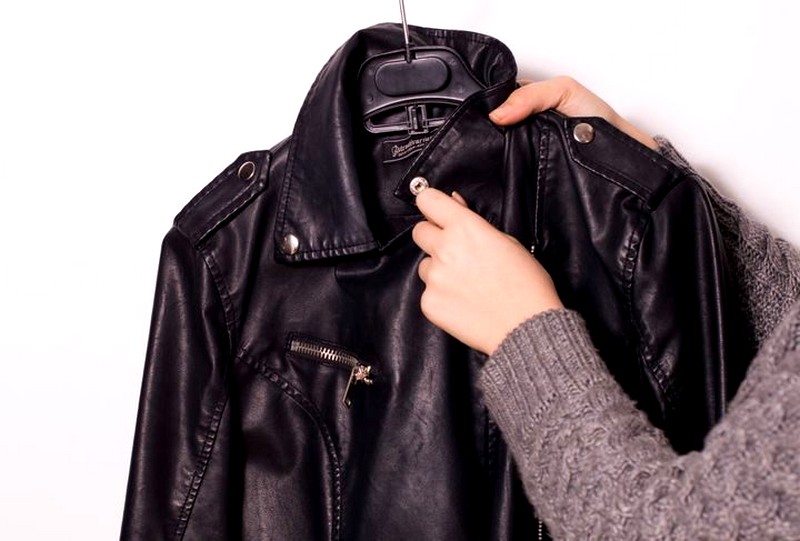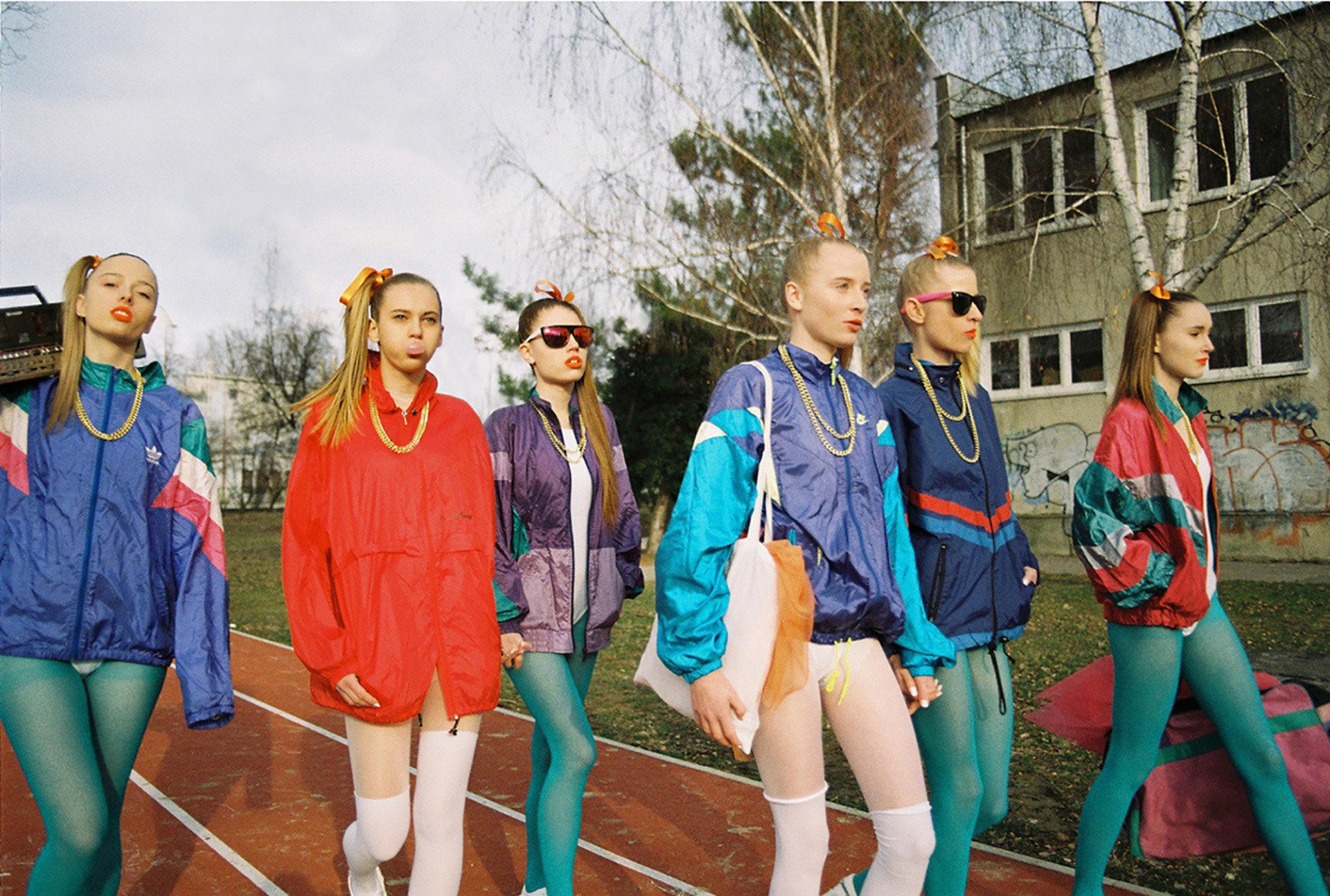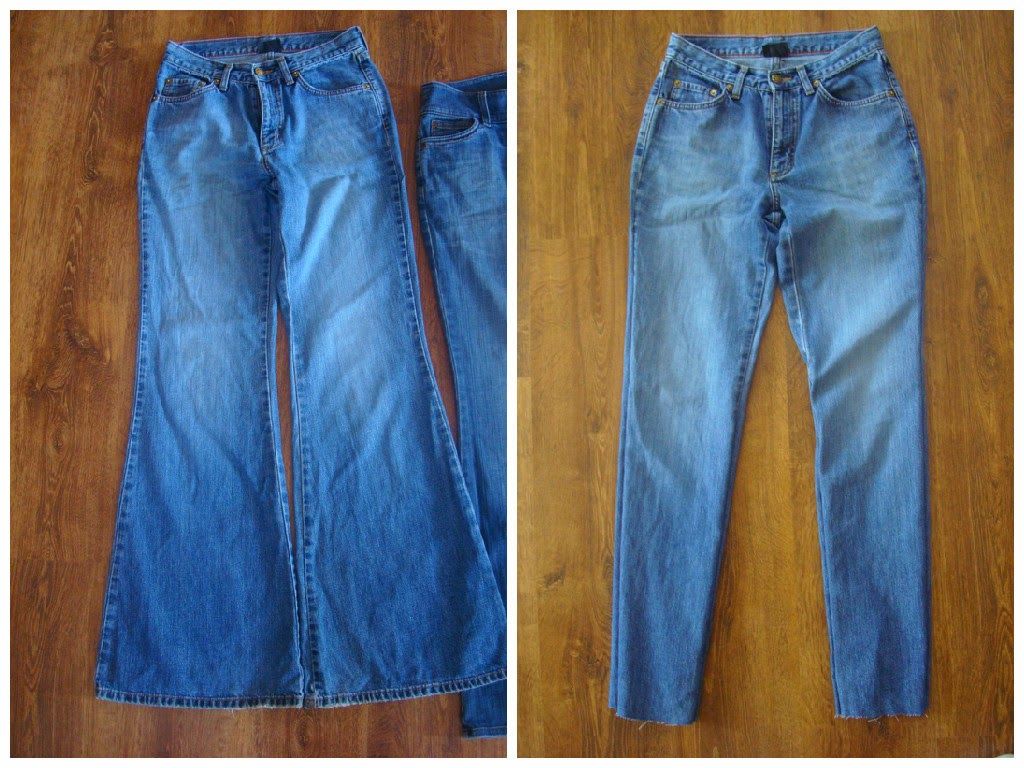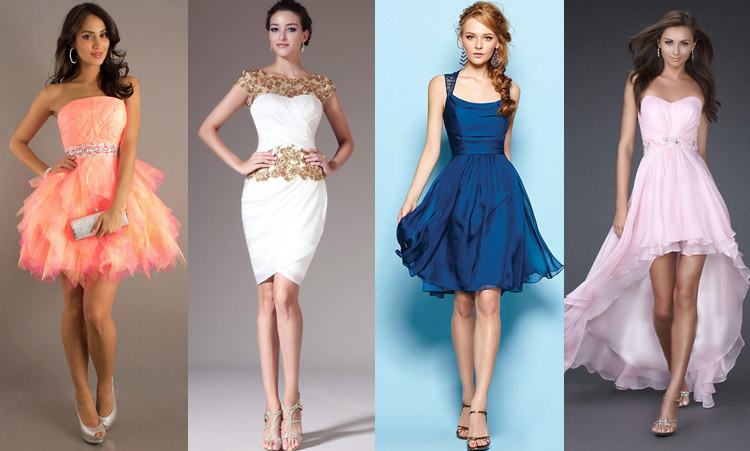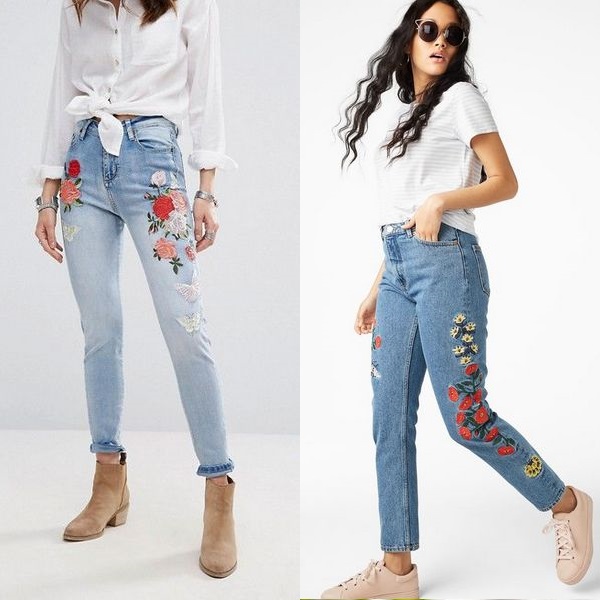Office workers, bank employees and other employees dress according to the dress code on weekdays. Business attire implies wearing formal suits and shirts. When going to work, many people wonder how to iron a shirt so that it looks neat. The subtleties of the process and devices that will make ironing easier are described below.
Procedure
The shirt consists of several parts. Each element is smoothed using a specific technology. Before you start, it would be a good idea to figure out how to iron a long-sleeved shirt correctly. After all, any mistake can result in a trace of the iron remaining on the fabric. To make the process easier, it is worth sticking to a certain order. First, you need to iron the collar, then the two front parts, the back, the shoulder area, and at the very end, the sleeves with cuffs.
Collar
Before you start ironing your shirt collar, you need to do some additional preparation of the garment and the iron. Here's how to do it right:
- On the iron, select the mode that suits the material of the product. This information is on the sewn-on label of the shirt. Spray the fabric with water from a spray bottle (except for shirts containing viscose).
- Remove the plastic fasteners from the ends of the collar (if any), straighten it out with the front side down. Carefully smooth out the folds strictly in the direction from the center to the sides. If creases appear, move the iron from top to bottom. Turn over, iron the collar on the other side.
- After ironing is finished, the clamps are put back in place.
To make the collar stand up nicely and not wrinkle during the day, spray it with a starch solution from the inside, turn it over and iron the other side. However, this method is used only on light-colored material.
Collar spray with starch solution can be purchased at men's clothing stores.
Shelves and back
As a rule, they start with the half on which a row of buttons is sewn (usually this is the left side). This part of the men's shirt is carefully laid out on the board and thoroughly ironed. In this case, it is worth paying special attention to the area around the collar, since this area is more noticeable than the rest, even if you put on a jacket.
After this, the shirt is moved and laid out in such a way that the back can be easily ironed. Then it is moved again and the remaining front half containing the buttonholes is ironed. The pocket (if any) is ironed.
Avoid ironing synthetic patches on the inside of the shirt. The hot temperature can cause their edges to melt and subsequently scratch the skin on the neck a little.
Shoulders
Not every man knows how to iron a shirt in this place. The instructions are simple - to do this, pull the shirt tightly over the narrow edge of the board with the shoulder area. Then carefully smooth out the existing folds using the sharp tip of the iron. Once finished, proceed to the second shoulder. After that, move on to the next difficult stage - smoothing the cuffs.
Sleeves and cuffs
To iron your sleeves beautifully and avoid creases, you need to follow a certain order. The main rule is to never iron clothes with the buttons fastened. So the first thing you need to do is unbutton them. Then iron the cuffs from the inside, trying not to touch the buttons. Turn the fabric over to the other side and repeat the same steps.
Proceed to the sleeve itself. Lay it out with the seam along the board. Pull it a little so that no creases appear. Iron and slightly move the edge of the sleeve so that the seam rises and ends up under the top layer of material. Then iron this area again, without bringing the iron to the very edge and without touching the seam.
Do not touch the buttons with the hot sole of the iron, as they may melt due to the high temperature.
At this stage, many people have questions. After all, if you iron the sleeves, laying them out on a flat surface, they will have creases. To avoid this, you can use a sleeve protector. This is an indispensable device in the form of a narrow ironing surface of small dimensions.
After all this, you need to iron the fastening strip and iron the joint, having first fastened all the buttons.
Not everyone knows how to iron a shirt sleeve without creases if there is no special sleeve protector at home. In this case, a tightly rolled up roller made of thick fabric or a rolling pin wrapped in a towel will come to the rescue. This construction should be placed inside the armhole. Iron, slightly stretching and turning the fabric until all the folds disappear.
Quite often men have a question about how to iron short-sleeved shirts. This does not require any special actions, the same algorithm is used
Cleaning the iron
When you have finished ironing your shirts, you need to drain the water from the appliance. If necessary, clean the soleplate of the iron with a soft cotton cloth. If hard water is poured into the iron, scale will form. To clean, you can prepare a solution of water and acetic acid in equal quantities. Pour the liquid into the iron compartment, turn it on, and place it horizontally on the ironing board. Wait until it evaporates completely. In case of heavy contamination, you can repeat the cleaning.
To avoid such a situation in the future, it is advisable to use filtered or bottled water. But distilled water, which can be purchased at any auto store, is best.
Select mode
Before ironing a shirt, you should carefully look at its label. It indicates the composition of the material and the rules for caring for the item. To select the right temperature, you need to find the icon with an iron drawn on it, which has 1, 2 or 3 dots. Their number will indicate at what degrees the item can be ironed.
| Fabric type | Mode designation | Temperature, °C |
| Polyester, viscose and other synthetic fabrics |
one point |
110 |
| Cotton, wool |
two dots |
150 |
| Flax |
three dots |
200 |
Shirts made of woolen fabrics are ironed through a layer of damp gauze.
Over time, after frequent washings, the information on the label wears off and it becomes impossible to distinguish anything on it. In this case, start ironing on the first (minimum) setting. If the material is not ironed well, increase the temperature a little. But here you need to act carefully so that the sole of the iron does not stick to the fabric under any circumstances.
There should be no greasy stains or any other dirt on the shirt. Otherwise, it will be extremely difficult to wash them out after ironing.
If the item has not been worn for a long time and looks too wrinkled, use the steaming mode. You can also put it in the washing machine on the "steam smoothing" mode before ironing. As a result, the shirt will be evenly moistened, and it will be much easier to smooth it out.
How to iron without an iron
If the device suddenly breaks down or the electricity is cut off in the house, this is not a reason to wear a wrinkled shirt. In order not to look sloppy, you need to read the instructions on how to iron men's shirts correctly using unusual means:
- Solution. Mix purified water, vinegar and regular fabric softener in a spray bottle. All ingredients should be in equal proportions. Spray the shirt with the solution from the spray bottle while it is hanging. This type of smoothing does not require much time, but it does require additional tools. Therefore, it is unlikely that you will be able to use it on a trip.
- Steam. Hang the shirt over the bathtub at a distance of 20-30 cm from its surface. Then open the hot water tap. The item will steam and dry within 20 minutes. The method is simple, but requires time.
- A special mode in the washing machine. With a delicate mode, things are not too wrinkled. Additionally, you can set the maximum speed of rotation of the drum. Disadvantage: this method is not suitable for delicate fabrics, and with frequent use, the shirt will wear out quickly.
Many people wonder how to iron a shirt collar if they have very little time. This can be done with hot objects. Previously, clothes were ironed with metal circles or a pot of boiling water. A more modern method is a hair straightener. It can be used for materials that are resistant to high temperatures. For linen and other dense fabrics that can be ironed at 200°C, a hot light bulb is suitable (do not use on damp clothes). The method is quite unsafe, but effective.

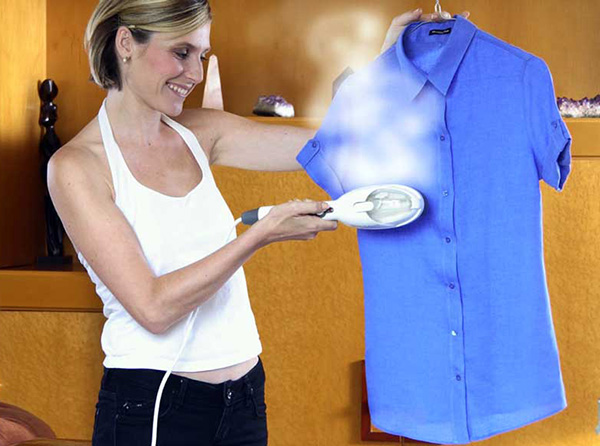
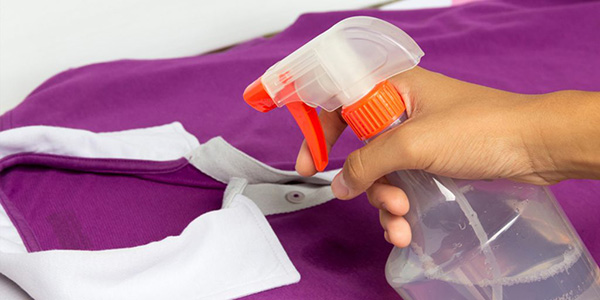

Modern methods
To facilitate the process of ironing things, many modern equipment have been invented. Such devices help to cope with the task easily and quickly.
The most popular is the steamer. Consists of a boiler, hose and tube. Operating principle: water boils in the heater, the released steam moves up the hose, exits through the tube in a given direction. This device performs the following functions:
- smoothes things out while hanging;
- cleans outerwear;
- eliminates odors that permeate the fabric;
- disinfects clothes and toys;
- cleans upholstered furniture.
Another useful device is an iron with a steam generator. It is ideal for ironing shirts and other clothes made of delicate fabrics. It is larger in size than the previous device. Components: a water tank, a hose with a tube and the iron itself.
Advantages of the device:
- the steam at the outlet is much hotter, but still dry;
- helps to smooth out several layers of clothing at once;
- perfectly smoothes out sharp arrows;
- safe for thin material.
A steam dummy is a device that is rarely purchased for home use. It is a hollow doll (body) that irons shirts, jackets and other outerwear. Additional sleeve clamps are used for shirts. The principle of operation: the dummy is filled with steam, which comes out and stretches the fabric. Passing through the clothes, the flow of moist air smoothes the material.
The steam mannequin is switched on and its operating mode is selected on the control panel or computer. Shirts are smoothed out well using this device and cool down within 1 minute. But sometimes you have to use the device again.

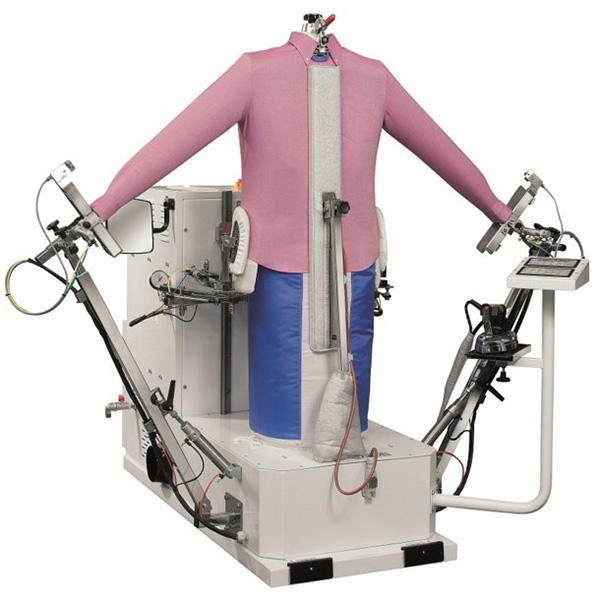
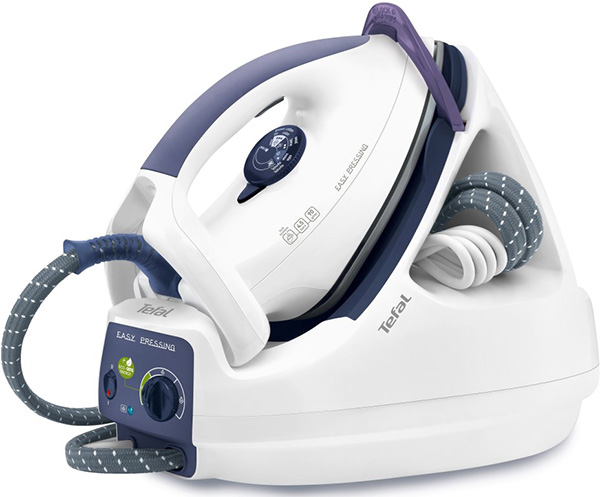
Useful tips
Any blouse or shirt is ironed starting from the collar and cuffs, then moving on to larger details. It is better to iron the items slightly underdried. When the fabric is completely dry, it will be much more difficult to eliminate creases. To make the task easier, before ironing a men's shirt, you can spray water on it from a spray bottle.
Silk shirts should preferably be ironed using a smooth cambric interlayer (rough material may leave marks on the surface). This fabric is very capricious, so it should not be wetted and the steam function should not be used. The device should be heated to a temperature of 65-80 degrees. If you ignore this advice, the silk will quickly deteriorate and become stiff. The same rules apply to artificial silk.
Shirts are often ironed from the front side. But in some cases, it is better to turn the clothes inside out. This applies to the following models:
- made of material with a sheen;
- made of dark or woolen fabric;
- with embroidery.
This safety measure will help preserve the beauty of your items and prevent unwanted shine from appearing on the material.
In addition to an iron, for shirts you will need:
- Ironing board with a cover. If you don't have one, use a clean, flat surface that needs to be covered with a thick cloth and then a clean sheet.
- Sleeve rest. This device is useful for ironing a shirt without creases.
- Spray with purified water. Will moisten overdried fabric, will facilitate the smoothing process.
- Starch solution. Sprayed from a spray bottle. Useful for fixing a shirt collar in a standing position.
- A removable iron attachment. Used to smooth out thin fabrics (such as silk). The attachment's surface prevents items from sticking to the soleplate of the iron, thereby preserving their original appearance.
In addition, there is a special wooden block called a "helicopter". It is used to smooth out small parts. The sharp edge of the product is used for the corners of clothing, the rounded edge is used to iron the collar stand and similar elements. Using such a device, you can not ask yourself the question of how to iron a collar correctly.
All these tips will help you easily and without unnecessary fuss to create a neat and presentable appearance. In the modern world, everything is the same as in the old days, "they meet you by your clothes." And even such a trifle as a carefully ironed shirt demonstrates the discipline and organization of its owner.
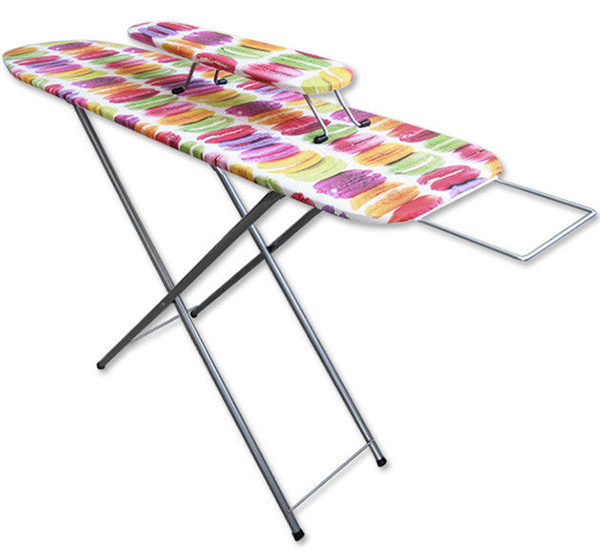
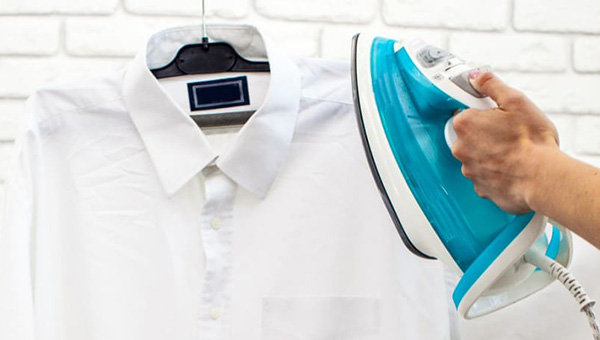

Video


